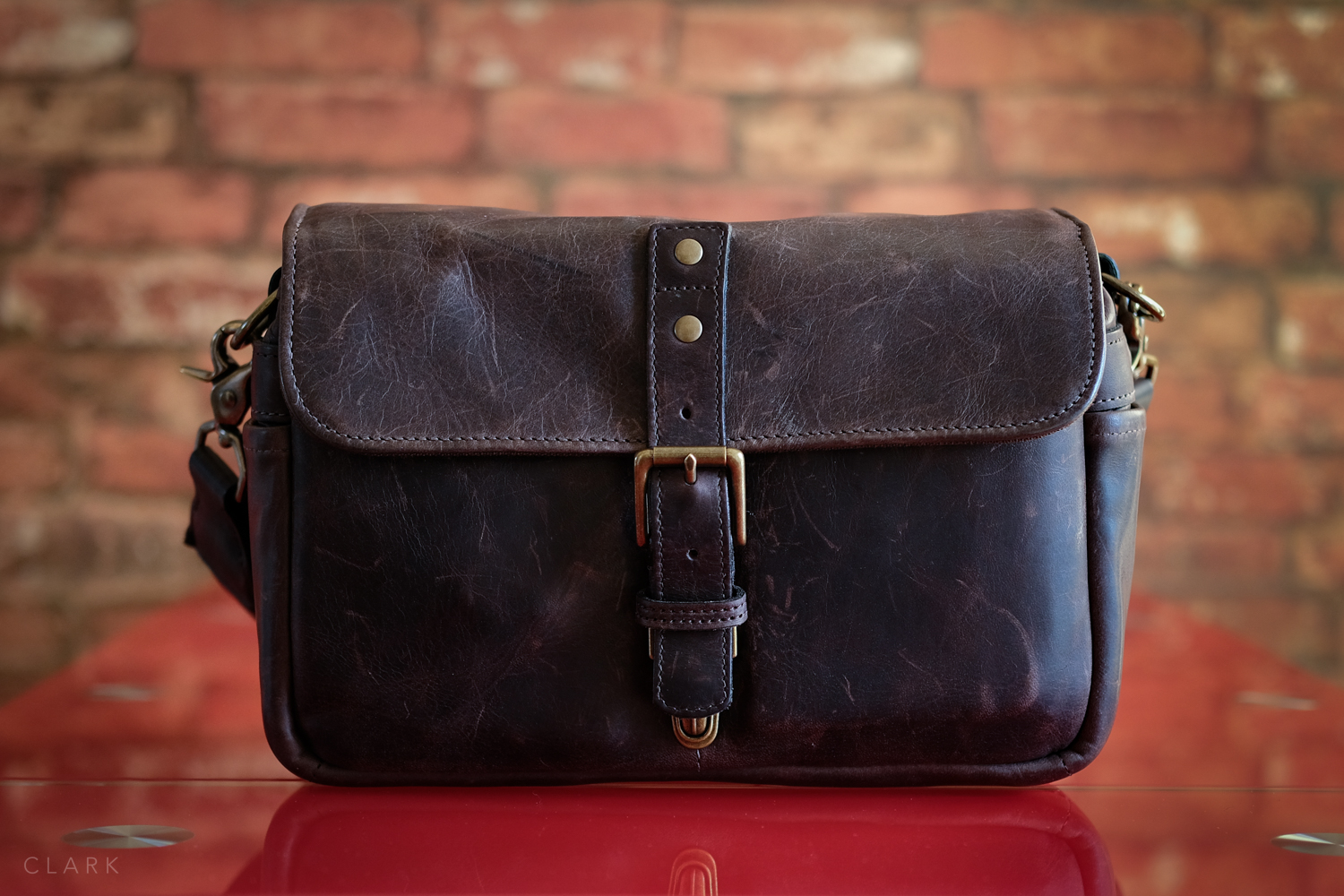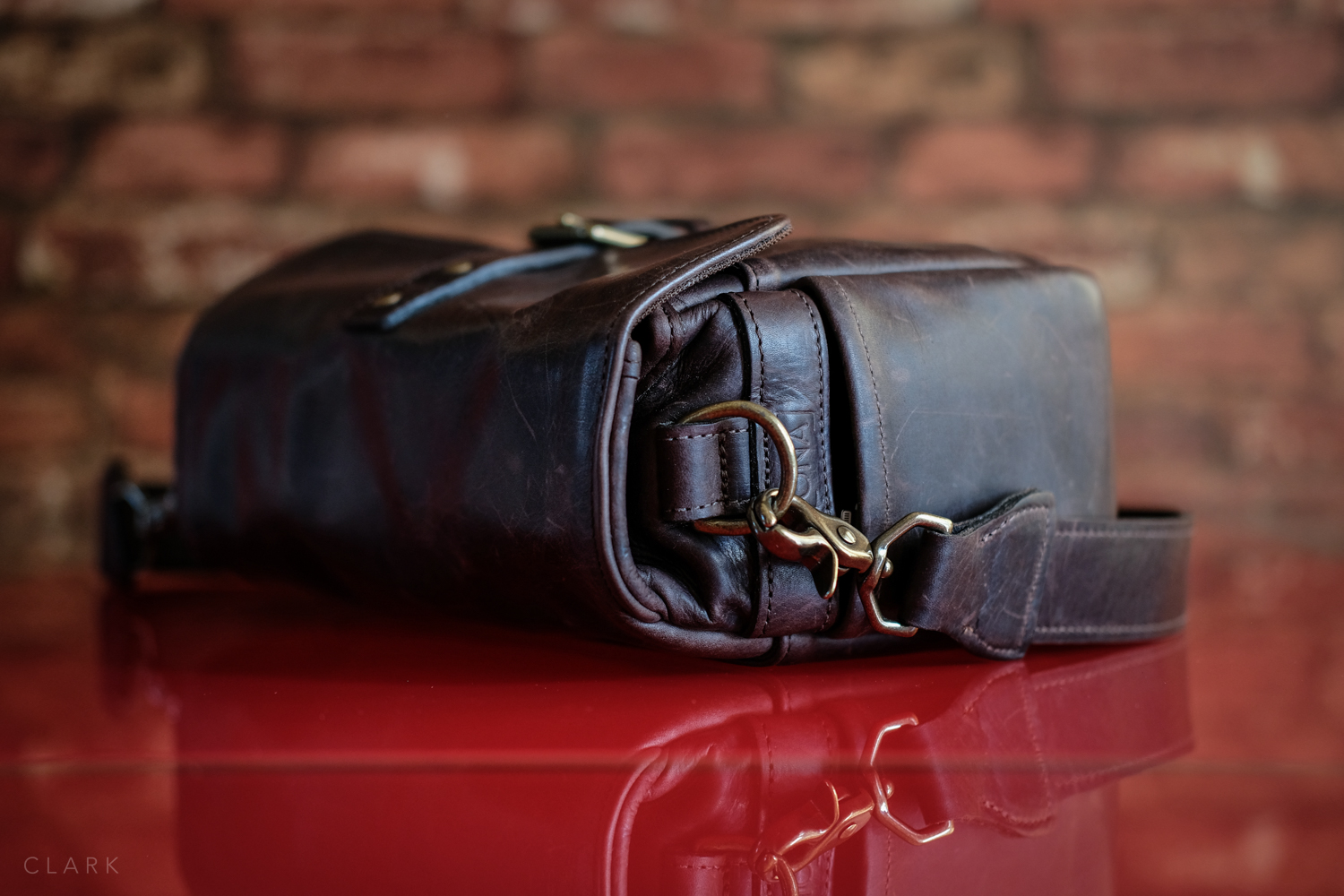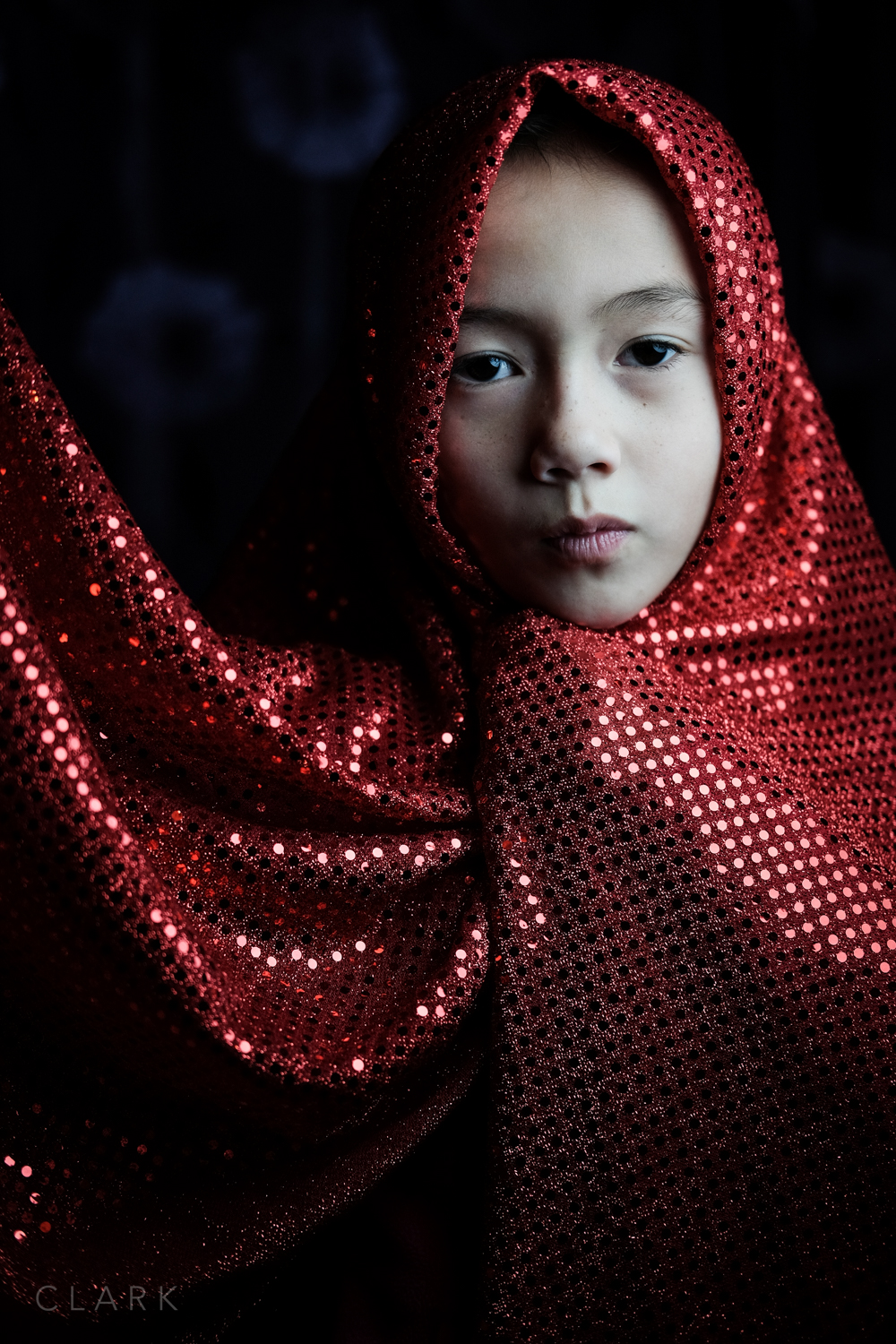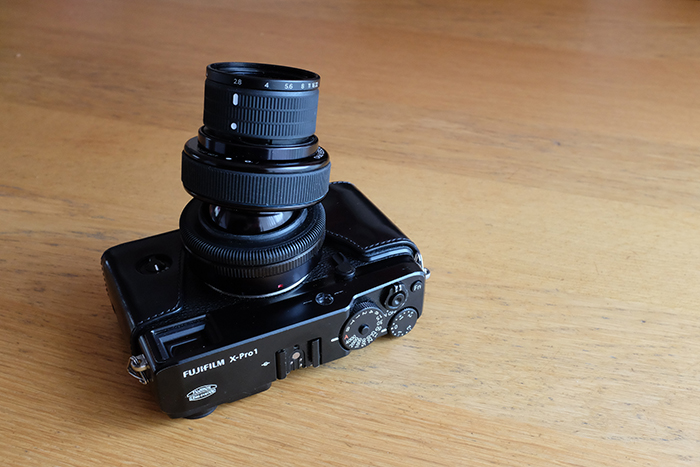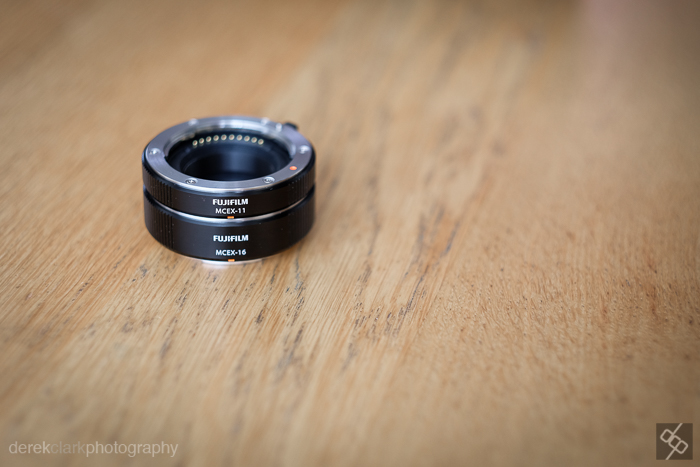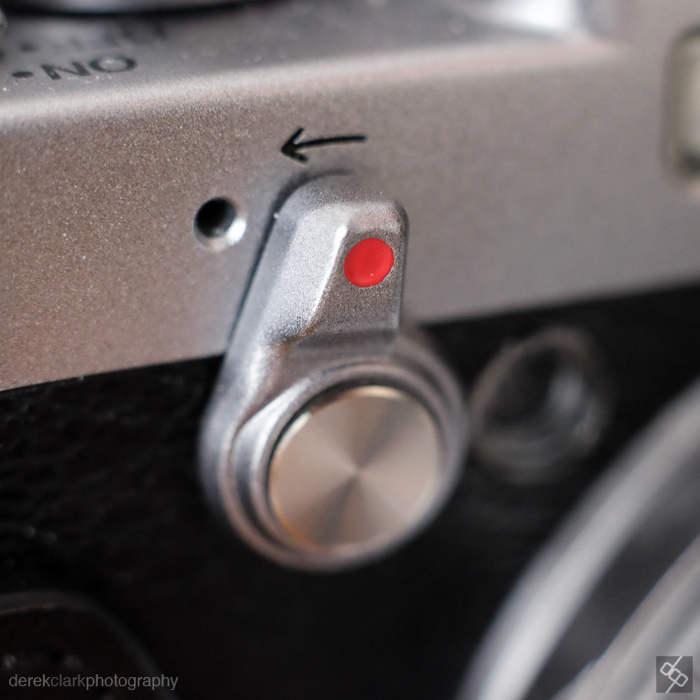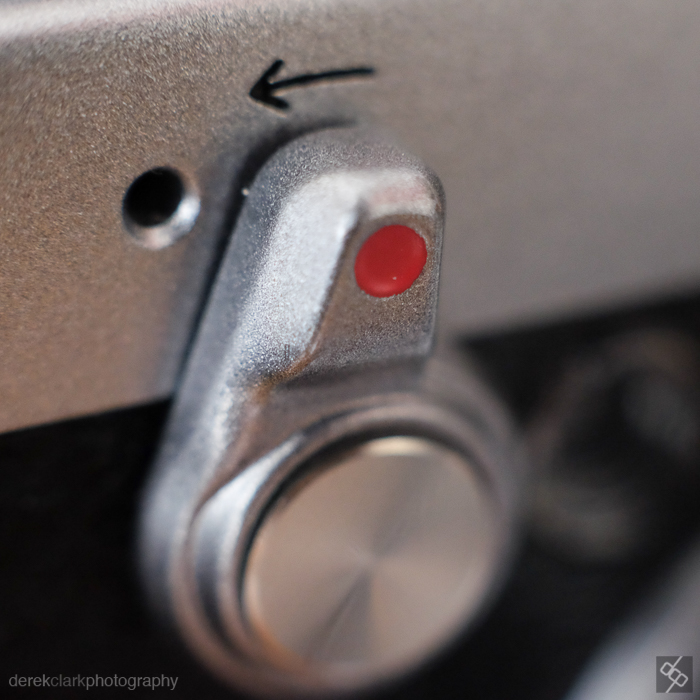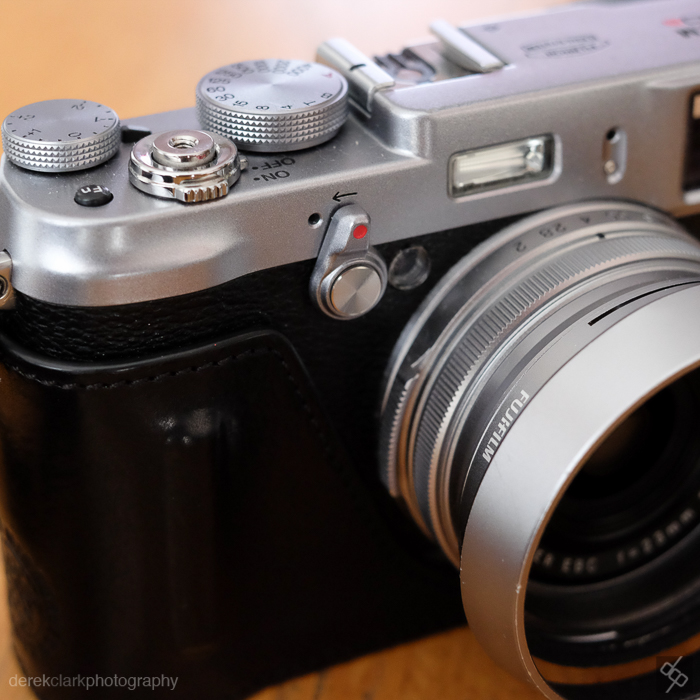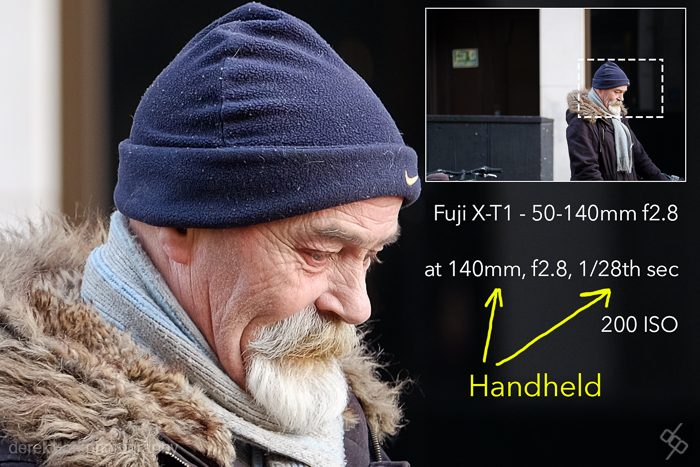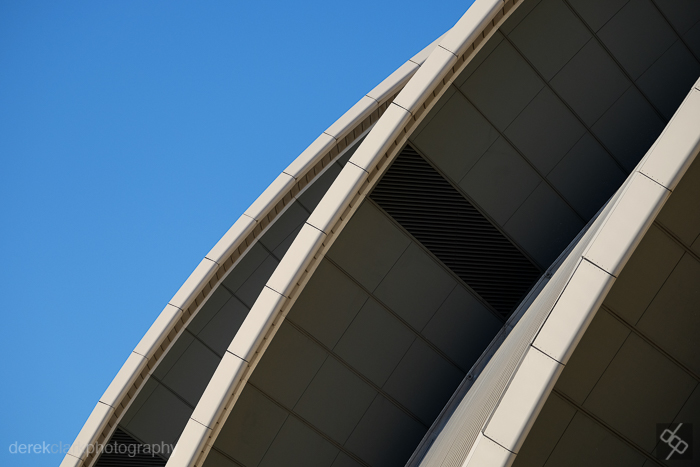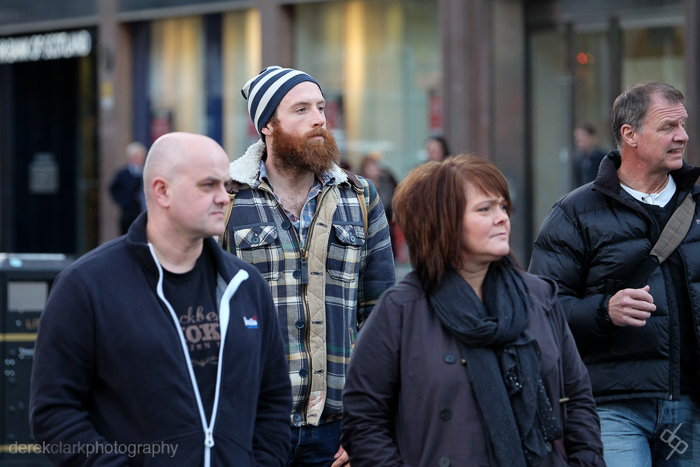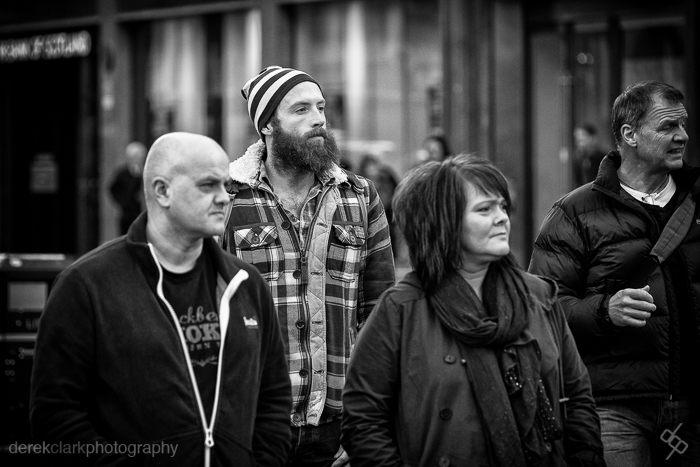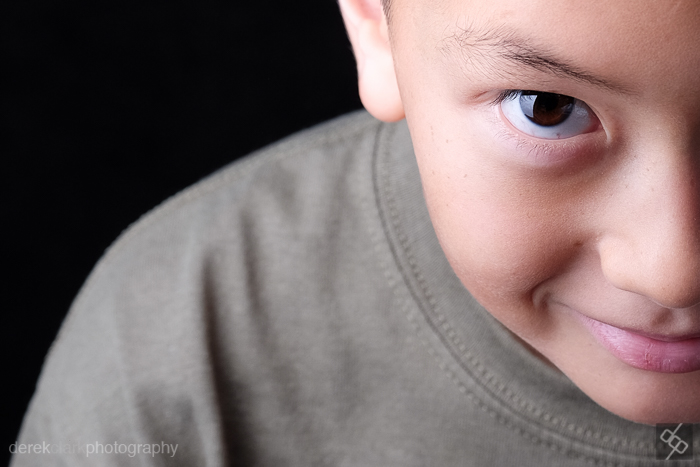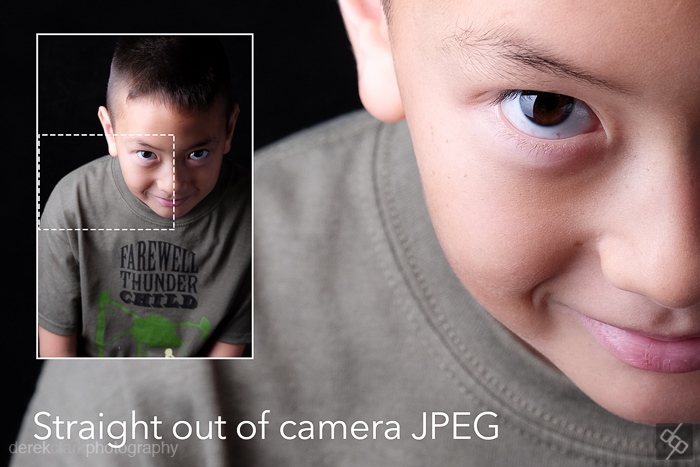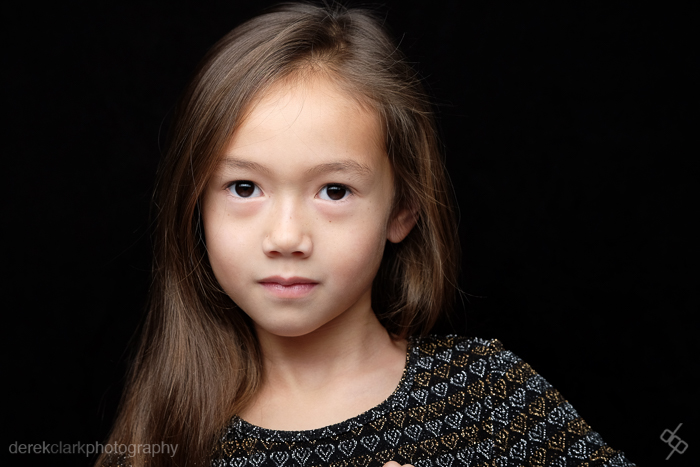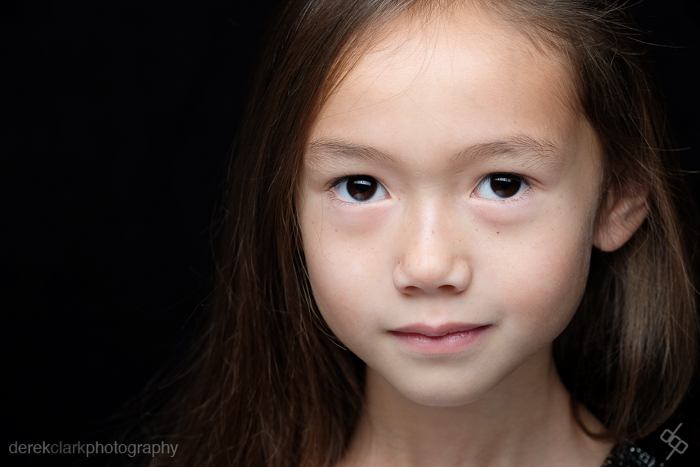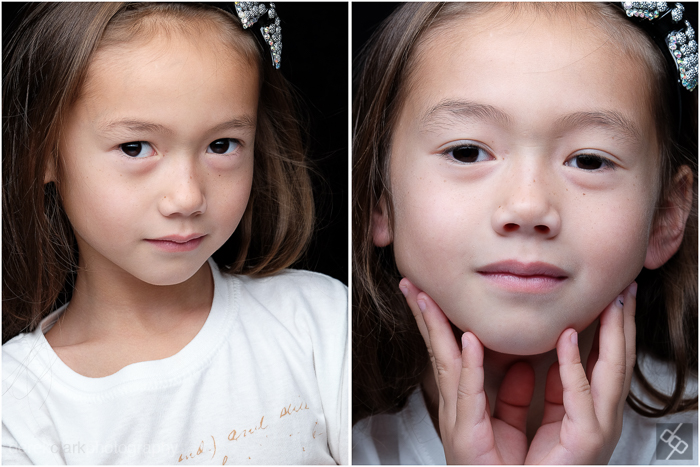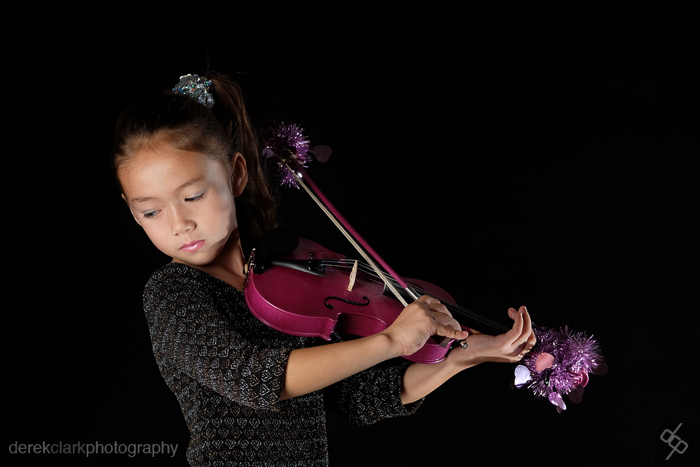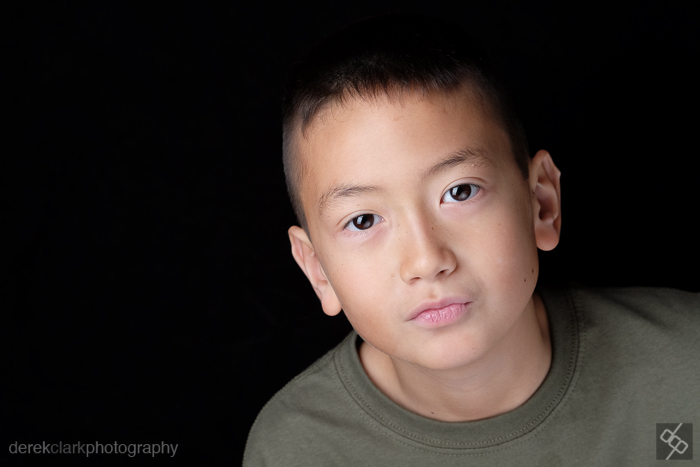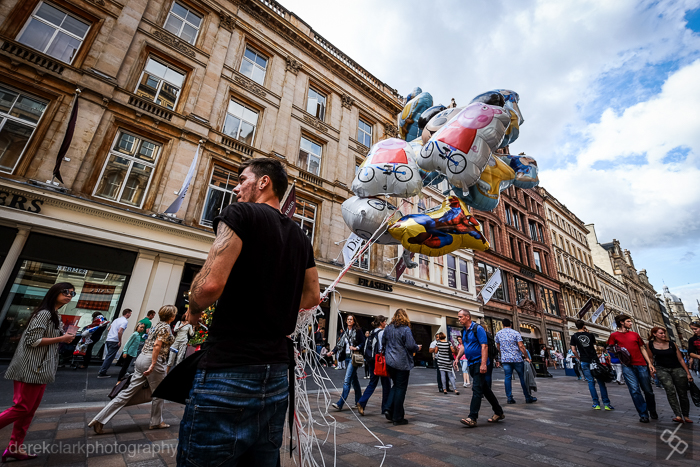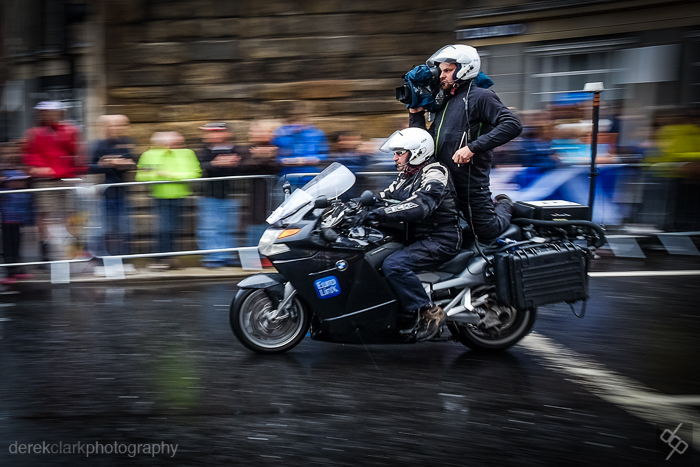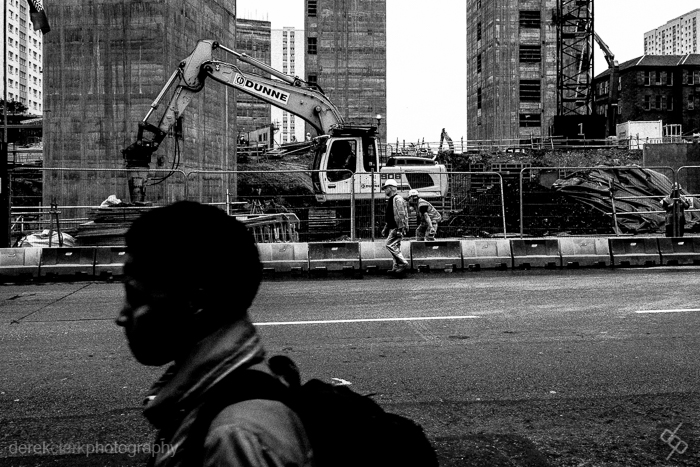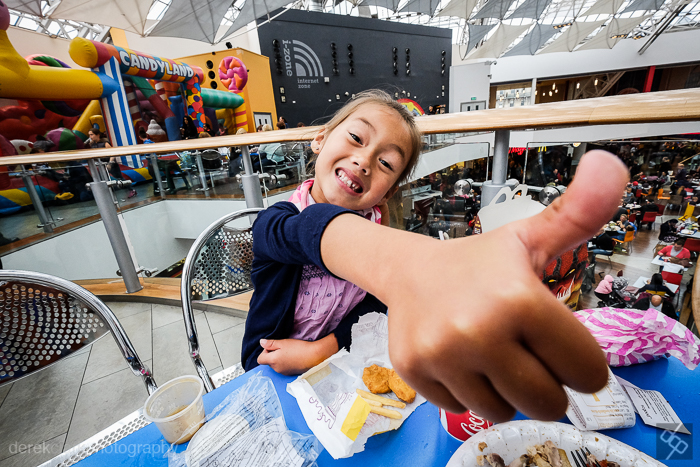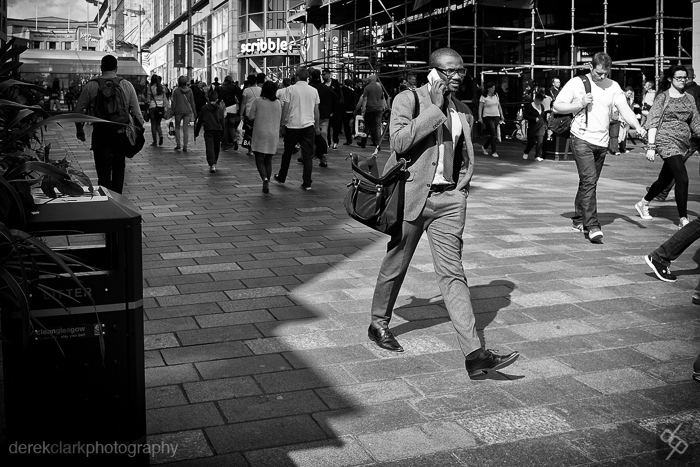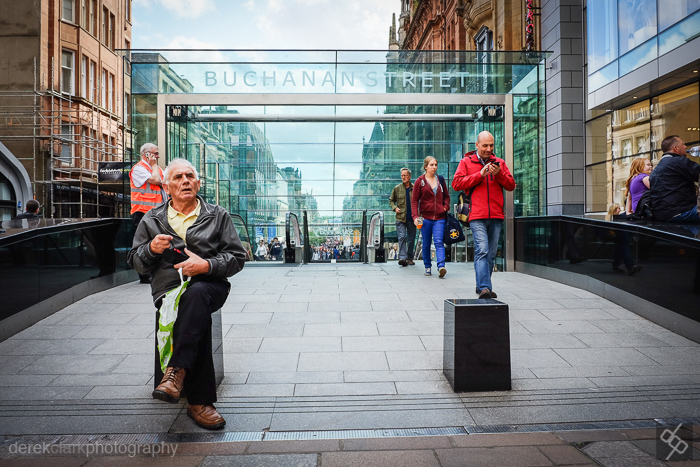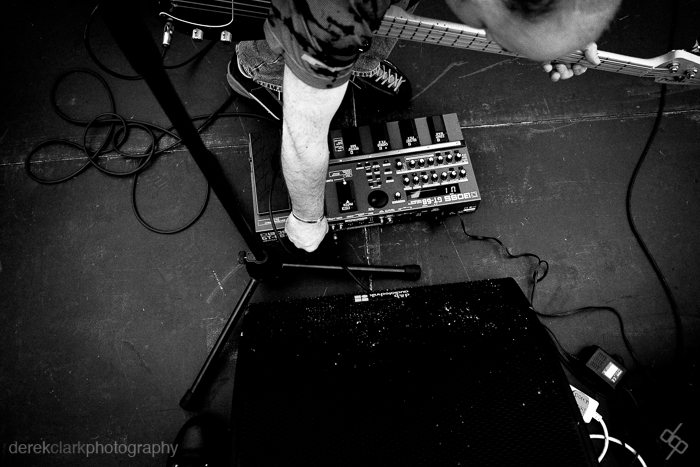Based On A Pre-Production FUJI X100F
This review is based on a pre-production camera after two months of using it, but the production model probably won't be much different. I'm an official Fujifilm X-Photographer and I have owned each version of the X100, plus almost all of the other X-Series cameras. I shoot exclusively with the X-Series cameras and haven't used a DSLR is years. This review is based on that. The pictures of the camera on this post were shot by me (they are not the official promo shots). I used my X-Pro2 with the brilliant 35mm f2 lens and a single overhead umbrella. For the close shots, I used the smallest of the Fuji Macro Tubes (11).
DESIGN AND LAYOUT
Your opinion may differ from mine, but I think the X100F is the most beautiful camera I have seen in my entire life! It keeps the look of the original X100, but the lines are cleaner, sharper and the top plate now slopes from the upper to the lower level. This, more than any other camera, has that thing where you just want to pick it up and hold it in your hands.
The X100F now has a front command dial, A front fn button (on the OVF/EVF selector lever) and the focus assist light has been moved up to sit alongside the flash on the front of the top plate. My first thought when I unboxed it back in November was that it felt a little chunkier in my hands than my X100T, which is a good thing in my book.
The rear of the X100F has a similar button layout to the X-Pro2 so it's been so easy to shoot with both these cameras together without having to think too much. I do wish Fuji had put three buttons next to the viewfinder instead of two (the X-Pro2 has three). It would also be nice to use the Delete key as an Fn button while in playback mode (like on the X70) and even be able to use the Q button as an Fn button and have Q assignable to any of the Fn buttons. The best new feature on the back of the the F is the joystick. I'm so used to this now that I find it awkward when I use any of my older X-Series cameras. It's also great that this frees the D Pad up to be used as 4 fn buttons now (Drive + 3 more).
NEW FUNCTIONS
The X100F has been brought up to spec with the two flagship Fuji cameras, the X-Pro2 and the X-T2, which is pretty impressive in this much smaller camera. It has the same 24 megapixel sensor and processor, which seems to be the new standard in X-Series cameras and one I hope will find its way into the next version of the X70.
THE ISO DIAL
The ISO dial has been brough over from the X-Pro2, which some will like and some won't. I like it, but it could have benefited from having a shutter speed lock button (like on the X-Pro2) because it is easy to move the shutter speed dial by accident if you don't pull the dial up far enough. I didn't find this to be too much of a problem though. But thanks to the next feature, you don't even need to use the ISO Dial if you don't want to.
ISO COMMAND MODE
This is a big one that has been brought over from the X-T10. You can still use Auto ISO in the usual way, but if set to Command in the Buttons & Dials setup menu and the ISO Dial on the top plate is set to A, the front command dial becomes the ISO dial. This is ideal if you want to lock your aperture and shutter speed and have ISO as the only variable. We Need this feature in the X-Pro2 and X-T2. It would be nice to be able to lock this by pressing the front Command Dial switch.
C = 5 STOPS OF EV COMPENSATION
Like on the X-Pro2 and X-T2, the X100F has the letter C on the Exposure Compensation Dial which extends EV Comp to 5 stops. Simply select C and then use the front Command Dial to scroll through 5 stops in either direction.
So what happens if both ISO and EV Comp are set to be controlled by the front command dial? In this instance the front command dial switch is used to toggle between ISO and EV Comp.
DIGITAL ZOOM AND CONVERSION LENSES
Both of the currently available conversion lenses, the WCL-100 (28mm) and the TCL-X100 (50mm) work with the X100F, but at the time of writing this review there is a second version of both lenses on the horizon. I have no idea how they differ from the ones I have, because both of the original conversion lenses perform brilliantly.
These lenses have apertures of f2 wide open (just like the fixed lens) and there's no loss of light like you would get with a teleconverter. But if you don't want to carry extra lenses (having a single fixed lens is after all the beauty of this camera), the X100F inherits the Digital Zoom function from the X70. By twisting the focus ring (in auto focus mode) you have the option of 50mm, 70mm and the cameras standard 35mm field of view. This is not an optical zoom, but there is some sort of magical upscaling going on that keeps the quality high. I'd still rather use one of the conversion lenses, but the Digital Zoom can be really handy sometimes. The viewfinder displays either 50 or 70 in a small box at the upper side, which changes when you have the camera set to Tele Converter Lens (72mm & 100mm using the digital zoom) or Wide Converter Lens (41mm & 58mm).
It's worth mentioning here that the Digital Zoom feature won't work in RAW, so you have to set the camera to JPEG only or the focus ring does nothing. Another point would be that when the camera is set to Manual Focus Mode, the focus ring obviously won't be used for Digital Zoom. The feature will still work, but you will need to with to AF adjust Digital Zoom with the focus ring and then switch back to MF.
There are 4 Control Ring Settings (focus ring). STD or Standard (changes the default option according to the shooting mode), White Balance, Film Simulation and Digital Zoom. Standard and Digital Zoom pretty much do the latter, but it would be nice to have a fifth option of OFF. A workaround for this is obviously to shoot in RAW+JPEG so that the control ring does nothing.
BATTERY
The NP-95 battery from the previous three X100 models has been replaced by the same NP-W126 that the X-Pro, X-T and X-E series uses, which is a great thing if, like me, you tend to cary more than one X-Series camera with you. I haven't noticed much difference in the amount of shots I get out of a single battery, but I have been using the F on high performance. Check Fuji's specs for more info on battery life.
CONCLUSION
I hate to state the obvious, but the X100F is the best X100 camera so far. The X100F, X-Pro2 and X-T2 have jumped so far ahead of all the other X-Series cameras that I'm now in the process of selling both my X-T1's and probably my X-E2, in favour of the X100F, X-Pro2 and X-T2. I'm not sure what the fate of my X100T will be yet.
If you own any of the X100 cameras, from the original to the S and the T, it is a no brainier. Buy the X100F (if you can afford to) and you will not be disappointed. F is for Fourth, but it could just as well be for Fast or even another F word :o)
I think the X100F is of close to perfection. Obviously we all have our own preferences to how we setup our cameras and Fuji have made their cameras super customisable, from the Q Menu to My Menu and lots of Fn Buttons. But if Fuji are reading this post, I would be doing them a miss service if I didn't mention a few firmware updates for the future that would make this camera out of this world.
MY WISH LIST FOR FUTURE FIRMWARE
- Q Button as an assignable Fn button.
- Delete button as an Fn button in shooting mode (like the X70).
- Pressing the front command dial to lock ISO in Command Mode.
- Ability to toggle ISO Auto & Command Mode on any of the Fn buttons (not just in the menu).
- Ability to put ISO Auto & Command Mode in My Menu
- The ability to disengage the Control Ring function.
- Be able t use the front Fn button to toggle between digital zoom settings with each press 50 -70 -35 -50...
- More options for assigning things to the front command dial (on all Fuji cameras).
- Swap the functions of pressing the rear command dial and the joystick (i.e. put Focus Check on the joystick).
LAST WORD FROM ME
The X-Pro2 and the X-T2 are the dual flagship models, but I personally see the X100F as a 3rd flagship. The flagship of the compacts.
LINKS TO OTHER X100F POSTS
- Kevin Mullins Review
- Patrick La Roque Review
- Shooting Portraits With The X100F
- Info On My X100F Video
- Kage Collective
















